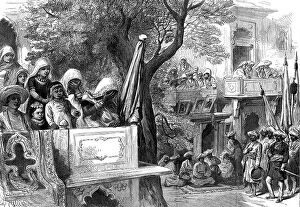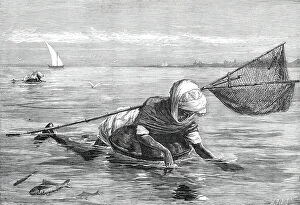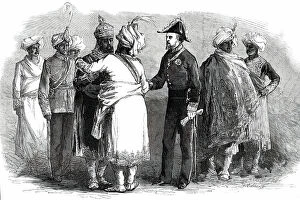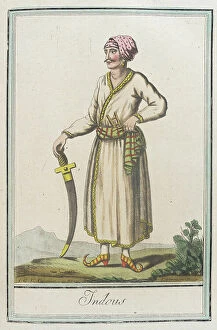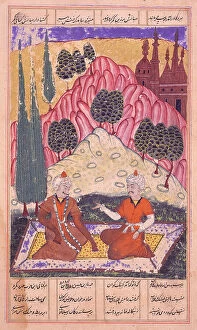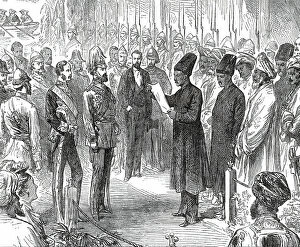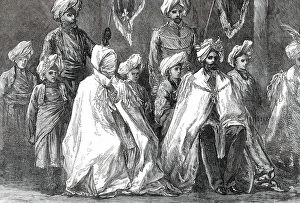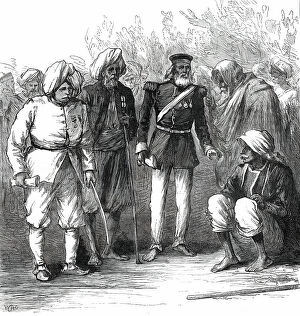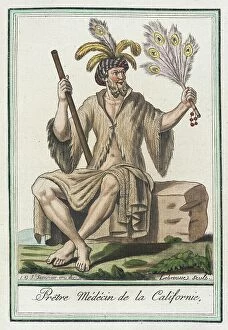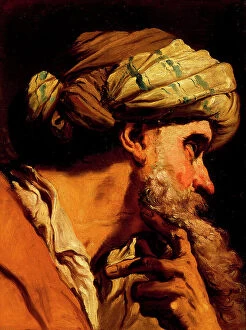Turbans Collection (page 3)
"Turbans: A Cultural Tapestry Unveiled" Step into the rich tapestry of history as we explore the captivating world of turbans
All Professionally Made to Order for Quick Shipping
"Turbans: A Cultural Tapestry Unveiled" Step into the rich tapestry of history as we explore the captivating world of turbans. Originating in British India, particularly East Bengal and Barisal, these iconic headpieces have woven their way through time, leaving an indelible mark on various cultures. One notable event that showcased the power was the infamous Dreadnought Hoax. In a daring act of impersonation, George V and Mary donned turbans during their Coronation Durbar in Delhi, India. This audacious display not only amused but also challenged societal norms. From Egypt to India, old Egyptian men at prayer proudly adorned turbans as a symbol of devotion and tradition. These majestic headpieces became synonymous with spirituality and reverence. During times of conflict, turbans took on new meanings. Wounded Indian troops found solace under their protective folds while seeking refuge at the Royal Pavilion in Brighton. Turbans became symbols of resilience amidst colonialism's grip, personified by figures like Lord Curzon. Even royalty couldn't resist the allure of turbans; Edward VIII was often seen hunting with his trusty turban-clad companions or engaging in lively conversations with Patailas - individuals known for their distinctive headwear. The legacy continues as we delve into historical figures who embraced this cultural iconography. Sir Henry Havelock Davie stood tall wearing his turban during the Chitral Expedition – a testament to bravery and determination. Artists like William Edward Dighton captured the essence of Middle Eastern dress through stunning portraits featuring intricately wrapped turbans – showcasing both elegance and exoticism. Beyond borders, Indian rice merchants in Rangoon proudly wore their vibrant turbans as they contributed to Myanmar's bustling economy – bridging cultures through trade and tradition and can more than just fabric; they represent stories untold yet deeply ingrained within our collective heritage.



